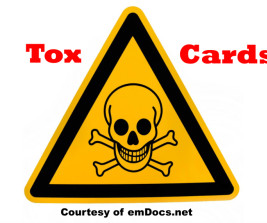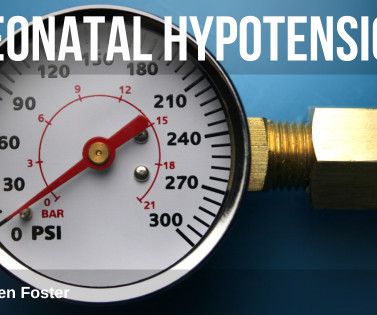ToxCard: Iron
EMDocs
DECEMBER 6, 2024
In 1997, the Food and Drug Administration (FDA) mandated unit-dose packaging for all iron-containing products with more than 30 milligrams of elemental iron. Blood transfusion for clinically significant blood loss. A partner at bedside reports recent depressed mood, abdominal pain, and vomiting yesterday.



















Let's personalize your content